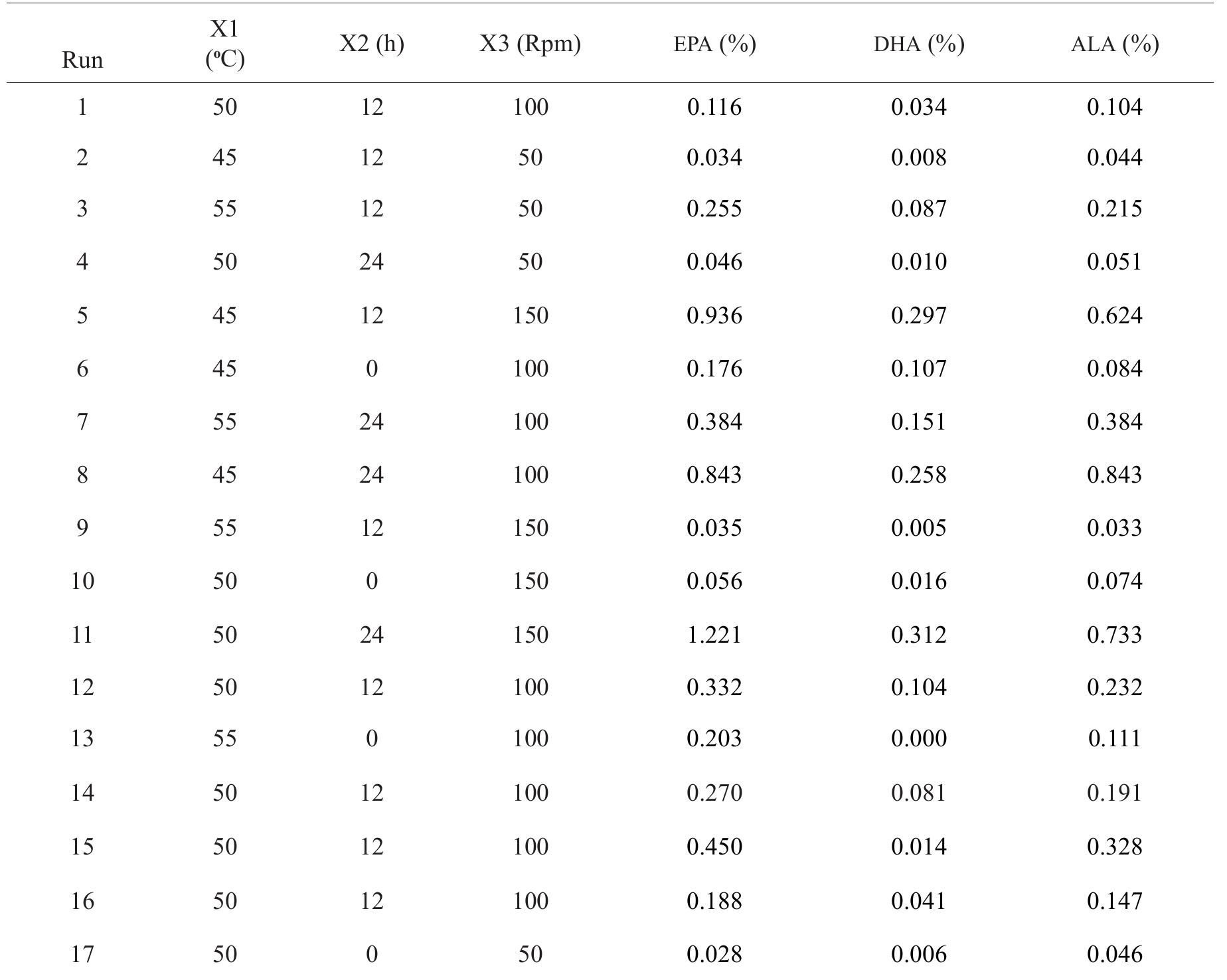Key research themes
1. How do thermodynamics and enzyme kinetics interrelate to shape enzymatic reaction rates?
This research theme focuses on dissecting the mathematical and physical underpinnings linking thermodynamic driving forces to enzyme kinetic parameters, advancing the understanding of how enzyme catalysis efficiency is modulated by substrate/product concentrations and reaction energetics. It provides frameworks to quantitatively integrate reversible kinetics with thermodynamic constraints to model enzyme action more realistically across physiological conditions.
2. What are effective computational and experimental strategies for functional classification and characterization of enzymes?
This theme covers the methodologies for classifying enzymes according to their functional properties using sequence, structure, and feature-based approaches, including the integration of computational tools and experimental data. It addresses the need for automated classification to cope with the growing volume of protein data and the challenges in predicting enzyme functions that are critical for both basic science and industrial enzyme application.
3. How are enzymatic reactions exploited and optimized in industrial bioprocesses through tailored enzyme applications and engineering?
This theme explores applied enzymology focusing on enzyme catalysis in industrial synthesis, bioremediation, and product formation, with attention to enzyme immobilization, reaction condition optimization, and enzyme stability. It investigates how reaction kinetics and enzyme properties are tuned or engineered for enhanced synthetic efficiency, sustainability, and novel biocatalyst development.
























